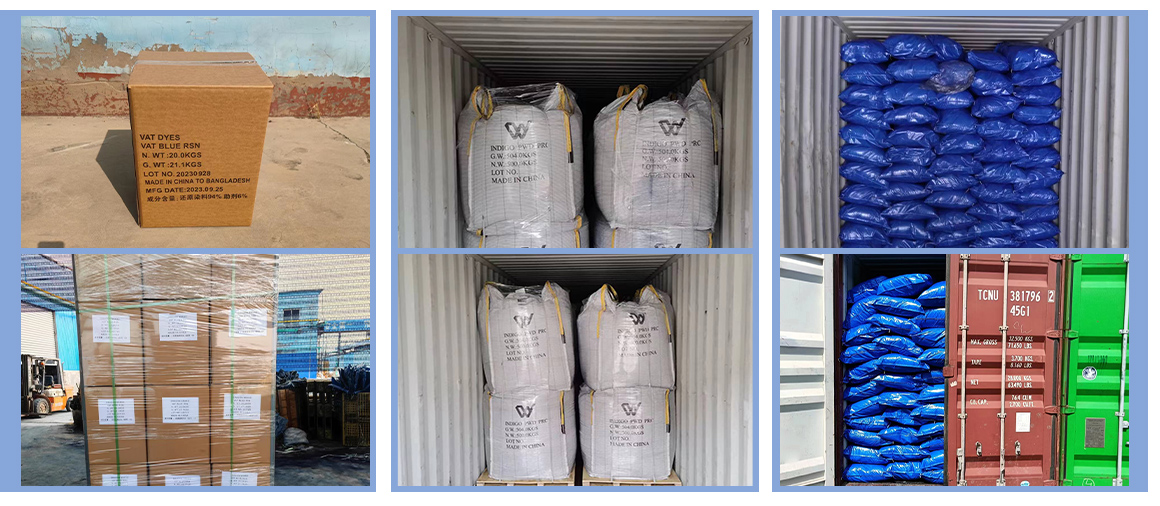High-Quality Black Indigo Dye Production for Diverse Textile Applications
The Rise of Black Indigo Dye Manufacturers A Sustainable Choice for the Textile Industry
In recent years, the global textile industry has seen a significant shift towards sustainable practices, with black indigo dye emerging as a popular choice for manufacturers and consumers alike. This natural dye, famous for its deep, rich color, has a long history that dates back thousands of years, but in the modern context, it offers new opportunities and challenges for manufacturers.
Indigo dye is derived from the leaves of the indigo plant, and its use dates back to ancient civilizations in Asia, Africa, and the Americas. Black indigo dye, a variation that results in a darker hue, has become particularly sought after due to its unique aesthetic qualities and cultural significance. As environmental consciousness grows, many manufacturers are revisiting traditional dyeing methods that are less harmful to the planet compared to synthetic alternatives.
One of the main advantages of black indigo dye is its natural origin. Many synthetic dyes contain harmful chemicals that can pollute waterways and pose health risks to workers in the textile industry. In contrast, natural dyes like black indigo are biodegradable and often produced through traditional, eco-friendly methods. This aligns with the increasing consumer demand for sustainable products and the need for manufacturers to adopt greener practices.
Black indigo dye manufacturers are also gaining recognition for their commitment to quality and craftsmanship. Unlike their synthetic counterparts, which may produce colors that fade quickly, natural indigo dyes have greater depth and richness. They are known for their long-lasting vibrancy and ability to improve with age, resulting in textiles that tell a story and connect to the wearer in a meaningful way.
black indigo dye manufacturer

Moreover, the revival of black indigo dyeing techniques has opened doors for small-scale and artisanal producers. Many communities, especially in countries with a rich traditons of indigo dyeing, are leveraging this trend to support local economies. By focusing on handcrafted products that utilize black indigo dye, these manufacturers are not only preserving cultural heritage but also attracting a new generation of eco-conscious consumers who value authenticity and social responsibility.
However, the transition to natural dyes like black indigo is not without its challenges. The production of these dyes is often more labor-intensive compared to synthetic methods, leading to higher costs for manufacturers. Furthermore, the sourcing of raw materials can be affected by climate change, which poses risks to the agricultural foundations of indigo production. Manufacturers must navigate these complexities while ensuring they maintain competitive pricing in a global market increasingly dominated by fast fashion.
To overcome these challenges, many black indigo dye manufacturers are turning to innovative practices and collaborations
. Partnerships with local farmers help secure a consistent supply of high-quality plants, while also promoting sustainable agricultural practices. Additionally, advancements in dyeing technology are allowing manufacturers to streamline processes, reduce waste, and lower costs, making natural dyes more accessible.As the demand for sustainable textiles continues to rise, the future of black indigo dye manufacturers looks promising. With their commitment to natural practices and cultural preservation, these manufacturers are not only contributing to a healthier planet but also setting the stage for a revolution in the way we perceive color in fashion. The enduring appeal of black indigo dye, combined with the push for sustainability, signals a powerful movement in the textile industry—a movement that respects both heritage and the environment.
In conclusion, black indigo dye manufacturers are at the forefront of a transformative trend that marries tradition with modern sustainability. Their role is crucial in shaping the future of textiles, where beauty, craftsmanship, and environmental responsibility coexist harmoniously. As consumers continue to seek out sustainable choices, these manufacturers will play an integral part in defining the next chapter of fashion.
-
The Timeless Art of Denim Indigo Dye
NewsJul.01,2025
-
The Rise of Sulfur Dyed Denim
NewsJul.01,2025
-
The Rich Revival of the Best Indigo Dye
NewsJul.01,2025
-
The Enduring Strength of Sulphur Black
NewsJul.01,2025
-
The Ancient Art of Chinese Indigo Dye
NewsJul.01,2025
-
Industry Power of Indigo
NewsJul.01,2025
-
Black Sulfur is Leading the Next Wave
NewsJul.01,2025

Sulphur Black
1.Name: sulphur black; Sulfur Black; Sulphur Black 1;
2.Structure formula:
3.Molecule formula: C6H4N2O5
4.CAS No.: 1326-82-5
5.HS code: 32041911
6.Product specification:Appearance:black phosphorus flakes; black liquid

Bromo Indigo; Vat Bromo-Indigo; C.I.Vat Blue 5
1.Name: Bromo indigo; Vat bromo-indigo; C.I.Vat blue 5;
2.Structure formula:
3.Molecule formula: C16H6Br4N2O2
4.CAS No.: 2475-31-2
5.HS code: 3204151000 6.Major usage and instruction: Be mainly used to dye cotton fabrics.

Indigo Blue Vat Blue
1.Name: indigo blue,vat blue 1,
2.Structure formula:
3.Molecule formula: C16H10N2O2
4.. CAS No.: 482-89-3
5.Molecule weight: 262.62
6.HS code: 3204151000
7.Major usage and instruction: Be mainly used to dye cotton fabrics.

